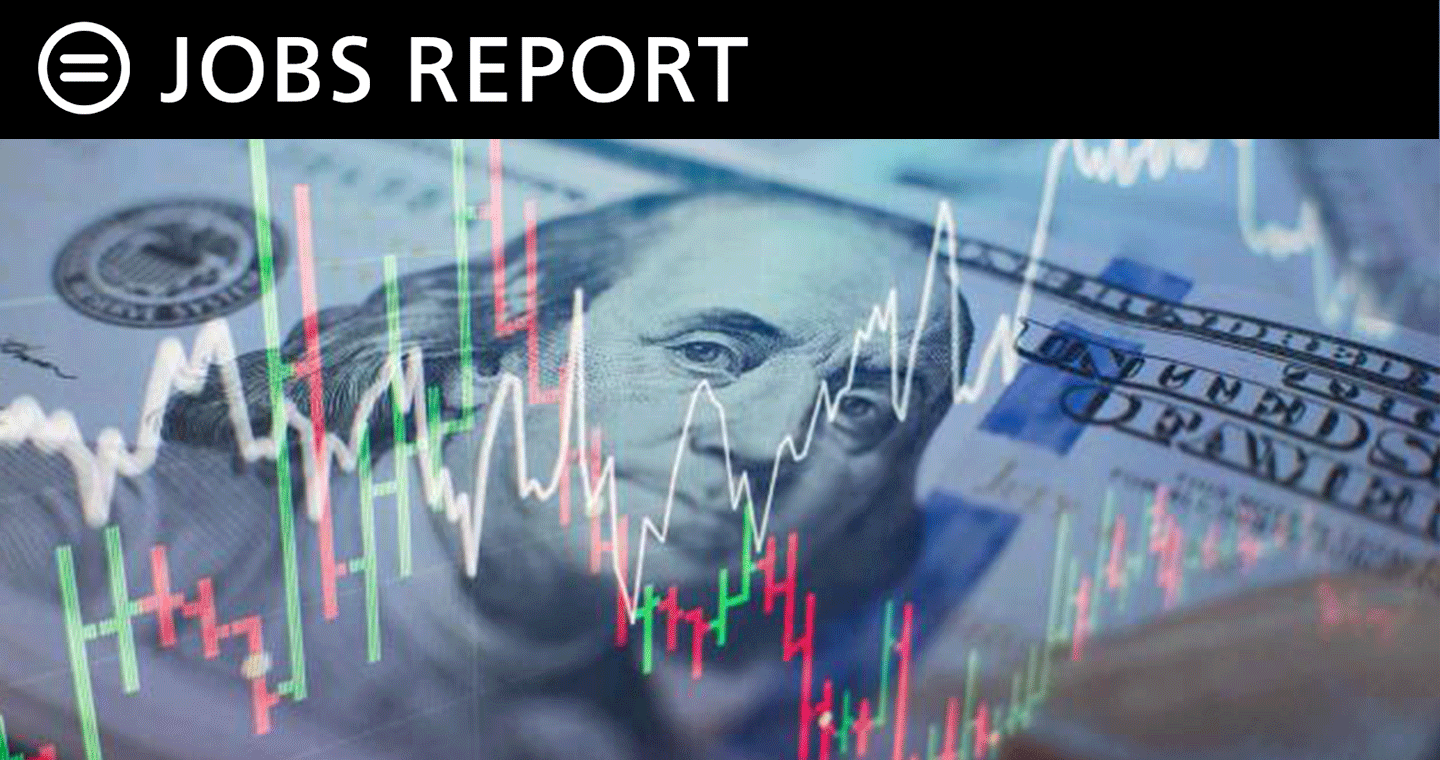Economy Enters 2025 In Good Shape, But Endangered By Trump's Disruptive Policies

By Bernard E. Anderson, Ph.D.
Whitney M. Young, Jr. Professor Emeritus, The Wharton School, University of Pennsylvania, and Senior Economic Advisor, National Urban League
December’s job growth of 256,000 jobs – 231,000 of them in the private sector, showed a strong labor market driven by stable, modest consumer spending. It’s steady as you go on the path of stable, balanced growth.
Given the reduced rate of inflation, the number of new jobs suggests that the Federal Reserve might cut interest rates only once, not two times in the next two quarters. Rate cuts increase borrowing which stimulates spending and boosts inflation.
While the overall unemployment rate fell to 4.1%, the Black rate remained unchanged at 6.1% and the Black/white unemployment ratio was 1.69.
The economy is entering 2025 in good shape. Inflation fell from a high peak two and a half years ago, though it remains above the Federal Reserve’s 2% target. The labor market is solid with a low unemployment rate and worker wages are growing faster than inflation.
Gross domestic product (GDP) expanded at 3.1% in the third quarter of 2024, a rate below the pace in 2023, but consistent with a soft landing from the contraction generated by COVID19. Balanced economic growth was boosted by a rebound in labor force participation, especially among workers aged 25 to 54, the prime workforce. Labor supply was also boosted by an increase in immigration.
Productivity grew 1.8% since the end of 2019, compared with an average of 1.5% in the previous 12 years. Productivity growth is likely to remain above average if capital investment continues to grow at a modest rate and new technologies, especially AI, come on stream.
Strong consumer spending plays a major role in driving the economy. Retail sales, excluding gasoline purchases, rose 4.4% year/year in November. Consumer spending was supported by the drawdown of household savings balances accumulated during the pandemic.
While inflation is declining steadily and slowly, housing costs -- especially rent -- remain stubbornly high. Home purchase prices remain high because of depressed new housing construction and limited existing home sales inventory. Homeowners are discouraged from tapping into home equity to purchase new homes because of high mortgage interest rates.
Labor market tightness has eased considerably. Labor markets now show balance between job openings, hiring, and separations. The ratio of job vacancies to unemployed workers has fallen to 1.1 from a peak of 2.2 in 2022. Workers are switching jobs at a slower pace as real wages rise across industries.
Steady, balanced growth contributed to a narrowing of racial disparities in the labor market. Over the past three years the Black/White unemployment gap declined from the persistent 2:1 to an average of 1.65. Progress was bolstered by the adoption of diversity, equity, and inclusion hiring and promotion practices in many corporations. In addition, an increased number of minorities and women were appointed to corporate boards
The favorable economic outlook can be reversed by disruptive economic and social policies. For example, President-Elect Trump has promised to impose tariffs on imports from most trading partners - - - increasing existing tariffs on China, and imposing new tariffs on Canada, Mexico, and Eurozone countries. The tariffs would add at least $4,000 to spending by the average household and would increase material input prices for manufacturing and domestic construction. The tariffs are likely to generate retaliation by trading partners, reducing purchases of U.S. exports, especially agricultural commodities.
The duration of the favorable economic outlook is fraught with uncertainty. The path of the economy will be influenced significantly by two determinants: Federal Reserve monetary policy and federal fiscal policy. The Fed has a Congressional dual mandate to pursue policy aimed at producing price stability and maximum employment. Favorable fiscal policy depends on bipartisan cooperation within Congress and between Congress and the White House.
Further progress in reducing racial economic disparities requires arresting the opposition to DEI that was sparked by the U.S. Supreme Court decision that abolished affirmative action in higher education admissions. That decision led many firms to announce that they would no longer implement DEI policies. Hopefully, public and private decision makers will make the practice of America consistent with the promise of America.

